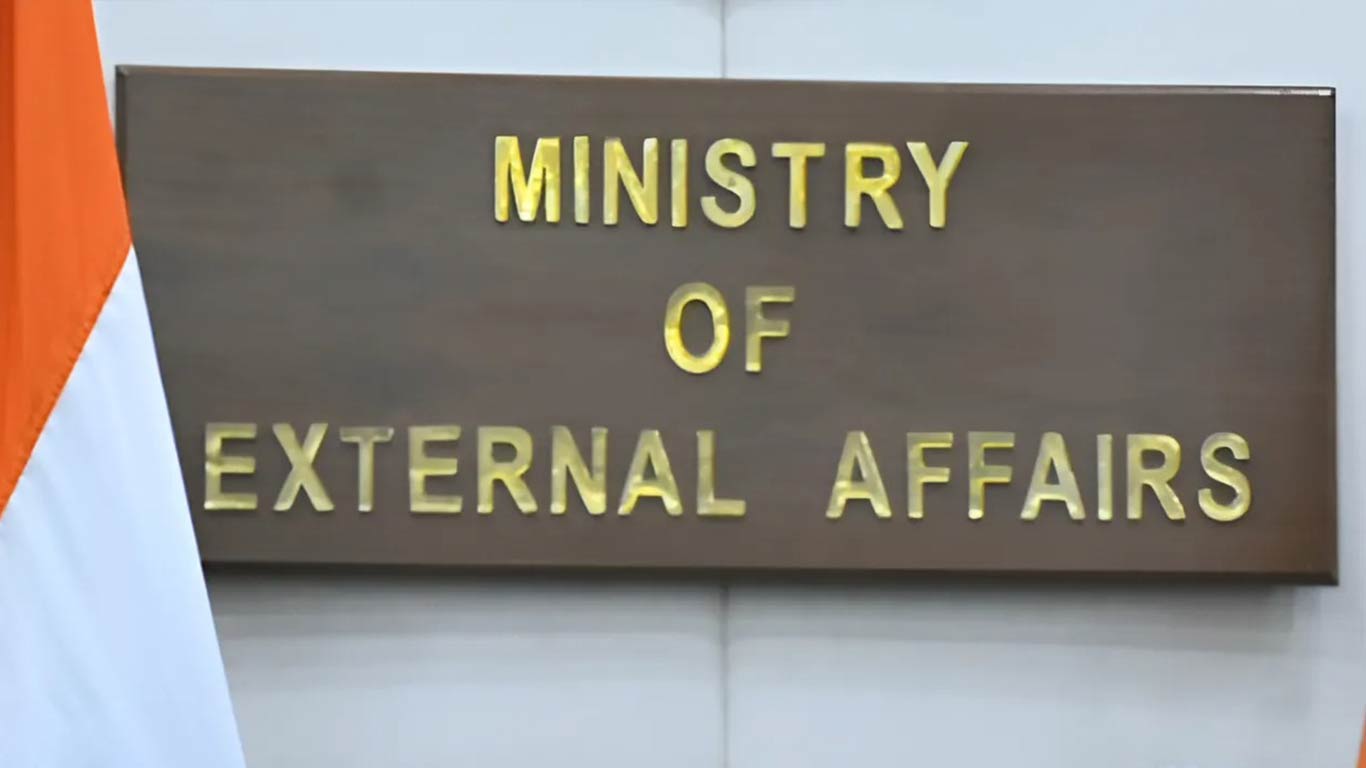40% of the world to go online by December: UN Report
Updated: Oct 08, 2013 02:11:21pm

“An estimated 2.7 billion people will also be connected to the Internet – though speeds and prices vary widely, both across and within regions,” said the report.
The annual report of the International Telecommunication Union (ITU) also estimates that by the end of 2013, there will be some 6.8 billion mobile-cellular subscription – almost as many as there are people on the planet.
In spite of remarkable progress, the report notes that there are large differences between developed and developing countries, making evident the link between income and ICT progress. The so-called Least Connected Countries are home to a third of the world’s total population, who could greatly benefit from access to and use of ICTs in areas such as health, education and employment.
While speeds and prices vary widely within and across regions, the report shows that broadband pricings in more than 160 countries over the past four years fell by 82 per cent overall, from 115 per cent of average monthly income per capita in 2008 to 22 per cent in 2012. In addition, mobile broadband has become more affordable than fixed broadband, making this a more popular form of connectivity.
The ITU also released its ICT Development Index (IDI), which ranks 157 countries according to their level of ICT access, use and skills. India ranked 121, while the Republic of Korea (ROK) topped the list for the third year in a row, followed closely by Sweden, Iceland, Denmark, Finland and Norway. Bangladesh was on the second last position at 135 followed by Niger.
The Netherlands, the United Kingdom, Luxembourg and Hong Kong (China) also rank in the top 10.
Analysis of trends in broadband pricing in more than 160 countries shows that in the four years between 2008-2012 fixed-broadband prices fell by 82 per cent overall, from 115.1 per cent of average monthly income per capita in 2008 to 22.1 per cent in 2012.
The biggest drop occurred in developing countries, where fixed-broadband prices fell by 30 per cent year on year between 2008 and 2011.
The report also presents for the first time the results of a comprehensive price data collection exercise that was carried out for four different types of mobile-broadband service. Results show that in developing countries mobile broadband is now more affordable than fixed broadband, but still much less affordable than in developed countries.
In terms of broadband pricing, Austria has the world’s most affordable mobile broadband, while São Tomé and Príncipe, Zimbabwe and the Democratic Republic of the Congo have the least affordable.
The global broadband affordability target set in 2011 by the ITU/UNESCO Broadband Commission for Digital Development aims to bring the cost of entry-level broadband service to less than 5 per cent of average monthly income.
A new model developed by ITU for this year’s report estimates the size of the digital native population worldwide, showing that in 2012 there were around 363 million digital natives out of a world population of around 7 billion.
Out of a total of 145 million young Internet users in the developed countries, 86.3 per cent are estimated to be digital natives, compared with less than half of the 503 million young Internet users in the developing world. Within the next five years, the digital native population in the developing countries is forecast to more than double.
The report shows that, globally speaking, young people are almost twice as networked as the global population as a whole, with the age gap more pronounced in the developing world. (KNN/SD)











